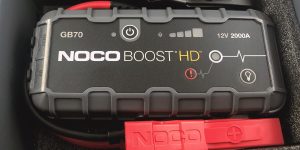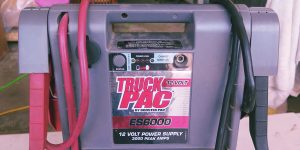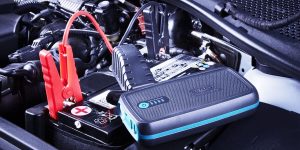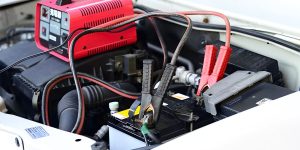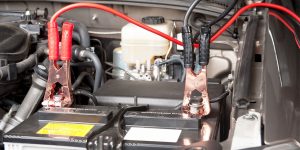The question “Can you jump a car in the rain” has lingered in the minds of many vehicle owners and drivers. To put any concerns to rest: yes, jumping a car in the rain is relatively safe, and the moisture doesn’t necessarily introduce a significantly higher level of danger than on any other day. It’s worth noting that a car’s electrical system operates at 12V, which, in essence, is not perilous. More details will be discussed later in my article for those eager to delve into the specifics.
Preparation for the jump-starting in the rain process
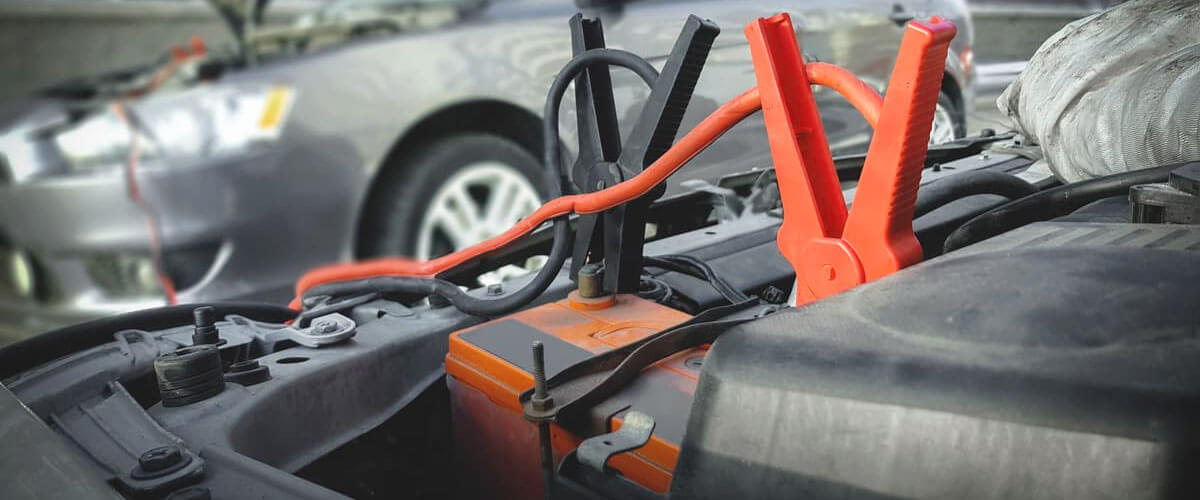
When jump-starting your car in the rain, preparation is critical to ensure both your safety and the effective functioning of your vehicle. As I said before, many drivers ponder the question: can you give a jump to a battery while it’s raining? And let me remind you that the answer is yes, but there are important considerations and steps to follow. Based on my experience, I will provide vital points:
Safeguarding against accidents
- Vehicle placement: Proper positioning of the vehicles is pivotal to prevent any accidental movement during the jump-starting process.
- Visibility: Rain reduces visibility, making it important to position yourself in a way that ensures your safety and alerts other drivers.
Preventing electrocution
- Turn off engines and electrics: Before starting, ensure all electrical systems, headlights, and engines of both cars are off.
- Safety gear: If available, wear appropriate protective equipment, including waterproof gloves and rubber-soled shoes, to mitigate risks from potential electric shocks.
Identify battery terminals
- Locate terminals: Find the battery terminals on both the donor car and the car being jump-started.
- Vehicle specifics: Note that certain vehicles, such as some BMW models, have their batteries located in the trunk.
Minimizing water-related risks
- Avoid direct water contact: While jump-starting in the rain is generally safe, it’s not ideal for water to come in contact with the terminals or the engine bay.
- Wait: If there’s a heavy downpour, consider waiting for it to subside.
Steps to jump-start a car in the rain
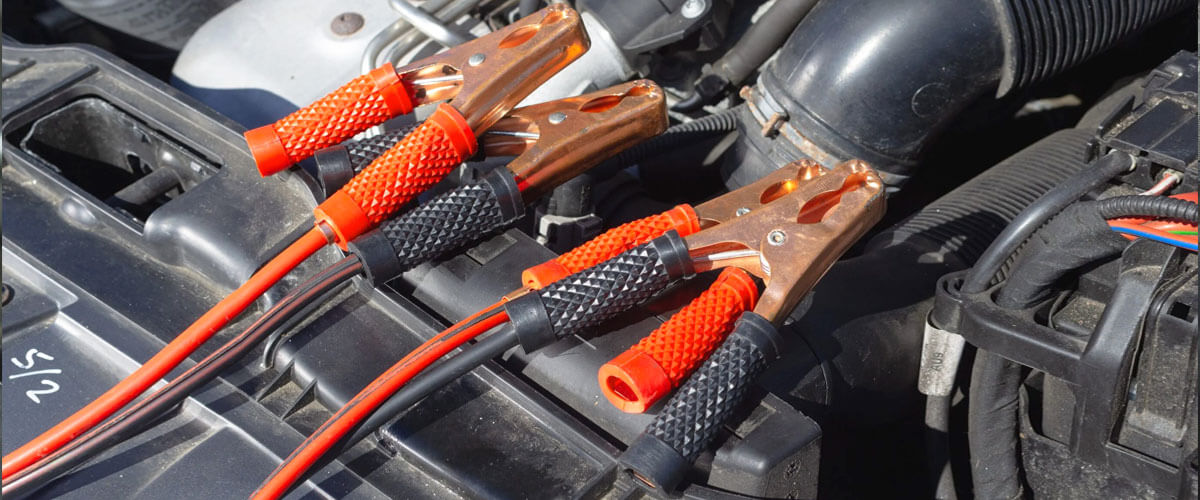
Following the critical preparations, you can proceed to boost a car in the rain. Here’s a step-by-step guide to ensure a seamless process:
- Attach jumper cables.
- The positive terminal of the dead battery: Connect the red (positive) clamp of the jumper cable to the positive terminal of the drained battery.
- The positive terminal of the donor vehicle: Attach the other end of the red clamp to the positive terminal of the donor vehicle’s battery.
- A negative terminal of the donor vehicle: Connect the black (negative) clamp of the jumper cable to the negative terminal of the donor vehicle’s battery.
- Ground the black cable: Instead of attaching the other black clamp directly to the negative terminal of the drained battery, find an unpainted metal surface on the engine block or chassis of the dead car.
- Start the donor vehicle.
- Let the donor vehicle’s engine run for a few minutes to charge the dead battery.
- Attempt to start the dead vehicle.
- Try to initiate the engine of the dead vehicle. If it doesn’t start within a few seconds, wait for a minute or two before trying again.
- Disconnect jumper cables.
- From the donor vehicle: First, disconnect the black (negative) cable, followed by the red (positive) cable.
- From the dead vehicle: Now, remove the red (positive) cable, followed by the black (negative) one.
- Let the engine run.
- Keep the revived vehicle’s engine running for several minutes to recharge the battery properly.
Common misconceptions

A novice motorist will immediately ask the question, “Is it safe to start the car when it’s raining?” As with many subjects, there are myths and misconceptions surrounding jump-starting a car in the rain. Here’s a breakdown of some of the common fallacies and the truths behind them.
Rainwater causes short circuits
While water is indeed a conductor, it doesn’t necessarily cause short circuits when attempting to answer the question, “Is it safe to jump a car in the rain?” The key is to avoid direct water contact with electrical components.
Rain can damage jumper cables
Quality jumper cables are designed for varied weather conditions, so you can use them in the rain. They’re often insulated to ensure water doesn’t interfere with the electrical flow.
Only professionals should jump-start in the rain
While professionals indeed possess the expertise, many drivers can safely jump-start their vehicles in the rain, provided they have the necessary knowledge and precautions.
Rainwater ruins the car’s electrical system
Modern cars are engineered to withstand rain exposure without significantly harming their electrical systems.


